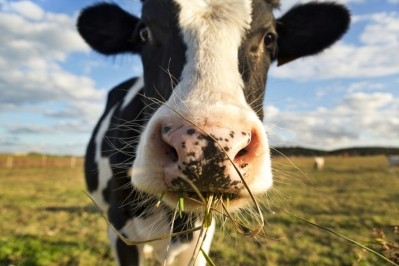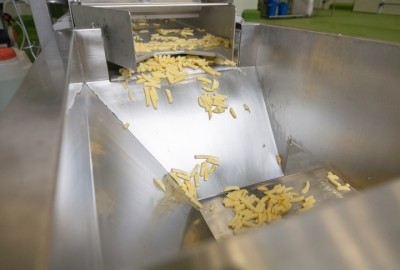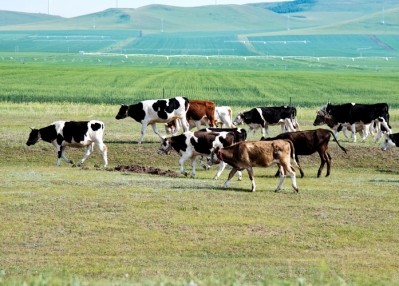Cow diet changes may slash enteric methane from dairy by up to 60%

Alexander Hristov, PhD, PAS, has concluded that methane emissions from the US dairy herd can be decreased by up to 60% by adjusting forage practices and leveraging feed additives.
Hristov, who is Distinguished Professor of Dairy Nutrition at the Pennsylvania State University Department of Animal Science, wrote in an invited review published in the Journal of Dairy Science, that practices such as including concentrate feeds and increasing starch concentration in dairy cow diets has a potential to decreased methane yield and intensity.
Similarly, incorporating legumes could lower methane emissions compared to grass silage due to legumes’ lower fiber concentration; and so could corn silage when replacing alfalfa haylage.
Hristov also wrote that alternative forages, such as plantain and forage rape, had also been found to decrease methane emissions from dairy cows; the former by up to 28% and the latter by up to 34%.
But the scholar noted that it is ‘unclear’ how much scope there is to further improve diet formulations in intensive production systems – and to effectively measure the real impact of diet on enteric emissions. However, including a higher proportion of feeds with lower methane-emitting potential - such as whole cottonseed and whole roasted soybeans - could be key.
Looking at the scientific evidence on feed additives from 3-NOP to microalgae, Hristov concluded that 3-NOP (which is the active ingredient in the Elanco-distributed Bovaer, now approved for use in the US) is ‘the only currently available option for a substantial reduction in enteric methane emissions from dairy operations’. “Its efficacy has been proven in numerous controlled and independent experiments,” the author noted, “but questions around consistency of the effect and potential adaptation of the rumen ecosystem need to be addressed.
“Further, it is unclear if combining several nutritional practices targeting enteric CH4 mitigation can deliver synergistic effects and this area needs more research.
“More research is also needed to elucidate the effects of animal diets on manure composition and GHG emissions from manure storage and field application.
“If currently available mitigation practices prove to deliver consistent results and novel, potent, and safe strategies are discovered, nutrition alone can deliver up to 60% reduction in enteric CH4 emissions from intensive dairy production systems.”
Source:
Invited review: Advances in nutrition and feed additives to mitigate enteric methane emissions
Author: A.N. Hristov
Published: The Journal of Dairy Science, Volume 107, Issue 7, P4129-4146, July 2024
DOI: https://doi.org/10.3168/jds.2023-24440













